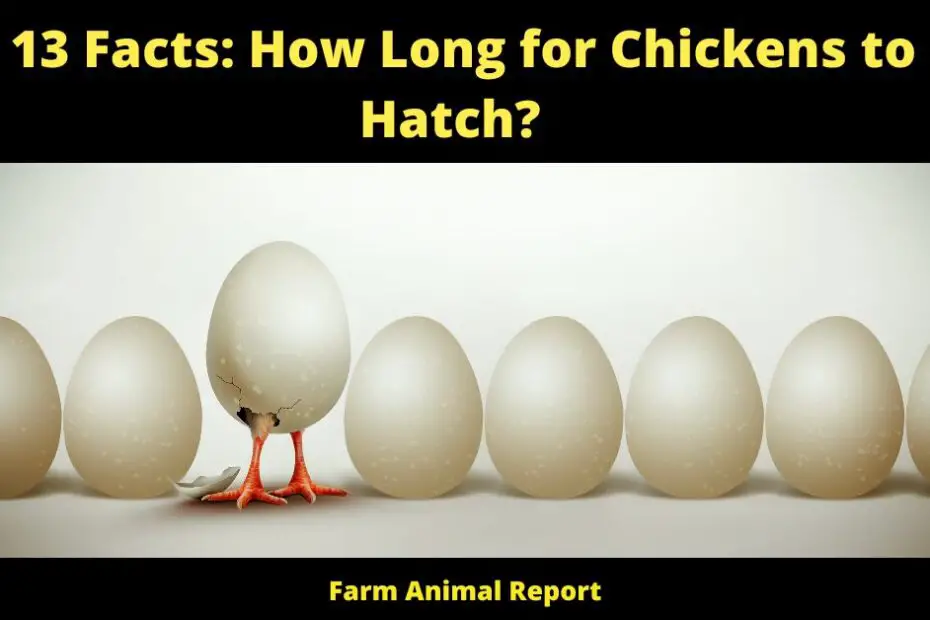When you purchase baby chicks from a hatchery, the time it takes for them to hatch is always one of the questions on your mind. How long do I have to wait until they are ready to come out? How long will it take for them to grow up and start laying eggs? How long does the entire process take? In this blog post, we will answer all of those questions and more! We will talk about the different factors that affect how long it takes for chickens to hatch, as well as provide some average timelines. So, read on to learn everything you need to know about hatching chicks!
How Long for Chickens to Hatch?
Incubation periods for different types of eggs vary widely, with chicken and other poultry taking 21-30 days on average. If a broody hen is present then she can be given some newly hatched chicks as well if they are accepted by her flock; this results in fewer original eggs being needed later down the line!
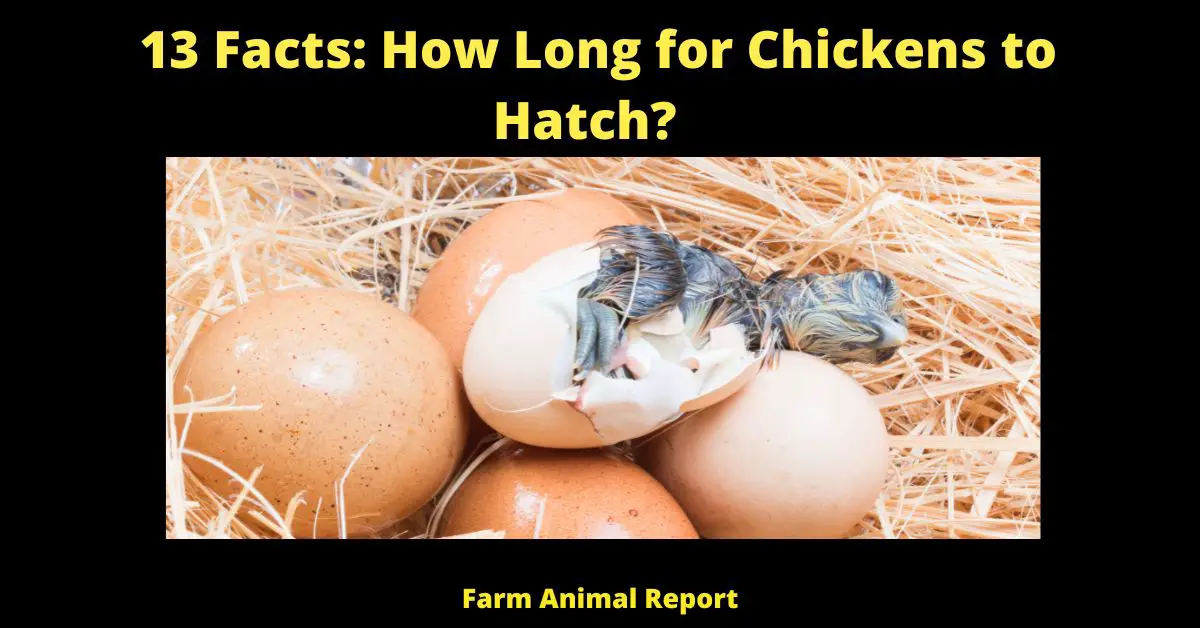
How Long does it take an Egg to Hatch once it starts Trying to Hatch?
A Normal Hatch is completed within 24 hours of the first pip.
- First, an internal pip is made by the chick in the air cell at the large end of the egg.
- The next step is called “Zipping”, where the chick makes a crack all around the circumference of the eggshell.
- After that, external pipping takes place and finally hatching!
Jump to **11 STEPS** – How to Hatch Eggs Without Their Mother
What is a Chickens Egg Tooth?
A chicken’s egg tooth is a small, sharp protuberance located on the tip of its beak. This tooth is used to make a small hole in the hard shell of an egg so that the chick can hatch. Once the chick has hatched, the egg tooth falls off and is never replaced. How Long for Chickens to Hatch
Chickens use their egg teeth for about two days before they disappear. The purpose of an egg tooth is to help a chicken break out of its eggshell. A chicken’s beak is not strong enough to make a hole in the shell, so the egg tooth gives the chicken an extra boost. After the chick hatches, it will no longer need the egg tooth and it will eventually fall off.
What Factors are Involved in the Hatachability of Your Eggs?
The term “hatchability” refers to the percentage of eggs that will successfully hatch into chicks. There are a number of factors that can affect hatchability, including the age of the hen, the type of egg, and the incubation conditions.
One of the most important factors is the age of the hen. Hens that are over two years old have a higher hatchability than younger hens. This is because older hens tend to lay larger and healthier eggs.
Another important factor is the type of egg. Eggs with thick shells have a higher hatchability than eggs with thin shells. This is because thin-shelled eggs are more likely to be cracked during incubation. Finally, incubation conditions must be carefully controlled in order to ensure high hatchability.
The temperature and humidity must be maintained at the correct levels, and the eggs must be turned regularly. By understanding these factors, you can increase your chances of hatching healthy chicks
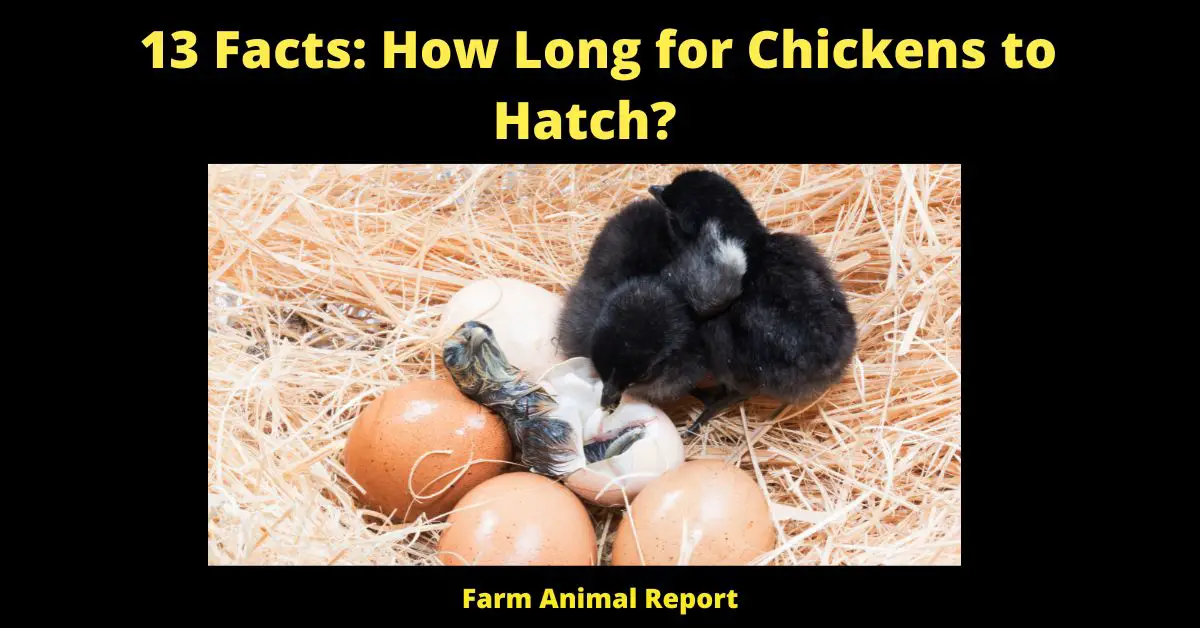
What is a Chicken Hatcher?
A chicken Hatcher is a machine that Hatcheries or Farmers use to increase the number of Chicks they can produce. Eggs are moved to the hatcher a couple of days prior to when they should hatch.
As the name implies the chickens will hatch there. By using a hatcher a farmer is able to produce a higher percentage of chicks that would otherwise be lost.
It also allows them to keep the main incubator clean. hatching will produce eggshells and other waste that can contaminate the main incubator and reduce the hatch rate of future batches of eggs.
Jump to Why Do Chickens Not Hatch {VIDEOS}
What is a Chicken Hatchery
A chicken hatchery is a place where baby chicks are hatched and then raised. The process begins with eggs that have been incubated for about 21 days. Once the chicks have hatched, they are typically moved to a brooder, where they are kept warm and fed until they are old enough to be moved to a coop.
Chicken hatcheries can vary in size, but many of them are large operations that produce tens of thousands of chicks each year. The chicks that are born at a chicken hatchery typically go on to live at chicken farms, where they are raised for their meat or eggs. Some hatcheries also produce chickens that are sold as pets. Whether they end up on a farm or in a home, the journey begins at the chicken hatchery.
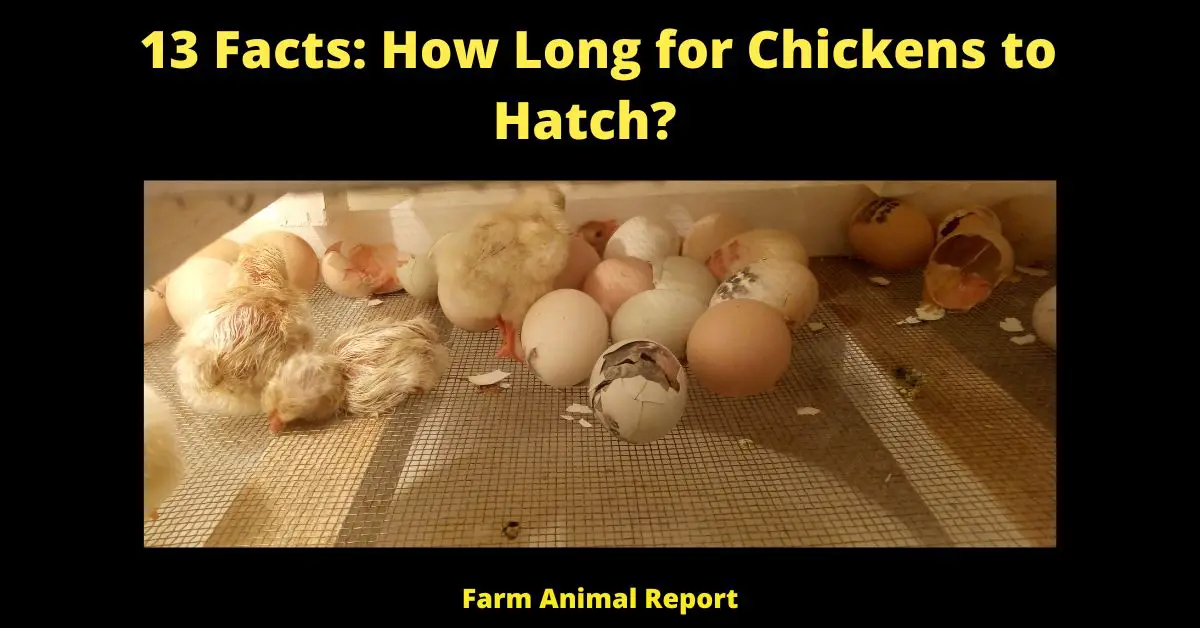
What is a Hatching Egg?
A hatching egg is an egg that has been fertilized and is developing a Chick inside. The egg will be incubated until it hatches. The term “hatching egg” is usually used to refer to chicken eggs, but any type of bird egg can be called a hatching egg. Some people also use the term to refer to reptile eggs, fish eggs, or even some insect eggs.
Hatching eggs are sold by many farmers and are used by many people who keep chickens. They are also used by scientists and educators for studies and classroom lessons. Hatcheries also sell hatching eggs to people who want to raise chickens.
The most common type of chicken hatching egg is the Brown Egg, but there are also White Eggs, Blue Eggs, Green Eggs, and even Patterned Eggs. Each type of chicken lays a different type of egg, so if you are looking for a specific type of chicken, you need to find the right hatching egg. There are also different sizes of hatching eggs, which can be important if you are using them for scientific research or educational purposes. Jumbo Eggs are the largest size, while Bantam Eggs are the smallest size. Hatching eggs can be found at most farm supply stores
What is a Chicks Hatching Position?
Chicks hatching position is important for two main reasons. The first reason is that it allows the farmer or hatcher to know how many chicks have hatched. The second reason is that it helps the farmer determine if the chick has any birth defects.
There are three main types of hatching positions.
The first is known as head down, which is when the chick’s head is pointing down when it emerges from the eggshell.
The second is known as mid-point, which is when the chick’s head and body are both pointing in the same direction when it hatches.
The third and final type of hatching position is known as reverse, which is when the chick’s head and body are pointing in opposite directions when it hatches
Farmers typically prefer chicks that hatch in the head down or mid-point position, as these chicks are more likely to be healthy and free of birth defects. Chicks that hatch in the reverse position is more likely to have structural defects, such as a misaligned spine or deformed legs. As a result, farmers typically discard these chicks.
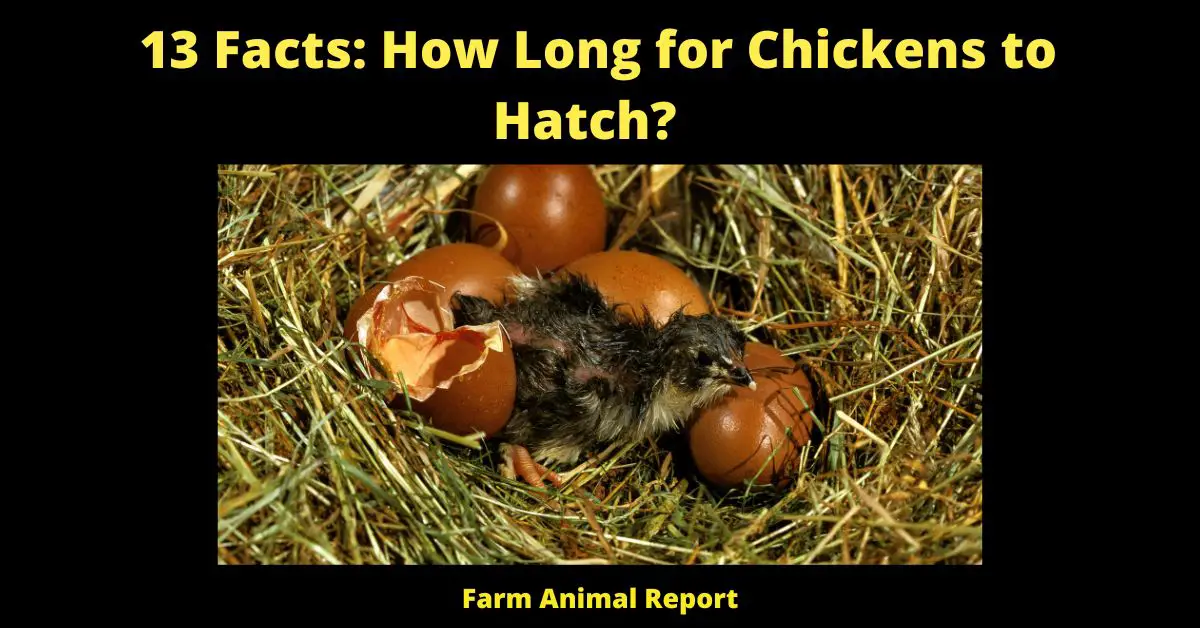
Why is it Important to Have a Hatching Record?
A hatching record is essential for any farmer who wishes to improve their flock. By keeping track of which eggs hatch and which do not, it is possible to identify issues with the incubation process and make adjustments accordingly.
Additionally, a hatching record can be used to track the health and vigor of the chicks that are born. This information can be used to select breeding stock and make decisions about environmental factors such as diet and vaccination schedules. In short, a hatching record is an essential tool for any farmer who is serious about improving their flock. Without one, it would be impossible to make informed decisions about breeding and care.
What is a Chicken Hatchling?
A hatchling is a young chicken that has just hatched from its egg. The average hatchling weighs around two ounces and is covered in downy feathers. At this stage in their development, they are unable to fly or fend for themselves.
Jump to How Long does it take for the Newly Hatched Chickens to reach Market Weight?
Hatchlings also have a yellowish tinge to their skin, which will eventually darken as they mature. For the first few weeks of their lives, hatchlings must be kept warm and dry. This can be done by placing them in a brooder, which is a heated enclosure designed to mimic their natural environment.
Once they are old enough, they can be moved to a coop where they will spend the rest of their lives. Hatchlings are fragile creatures, but with proper care, they can grow into healthy and happy chickens.
What is the Chicken Hatch Rate?
The chicken hatch rate is the percentage of eggs that hatch into chicks. The average chicken hatch rate is about 80%, but this can vary depending on the breed of chicken and the conditions in which they are raised.
For example, chickens that are raised in clean, well-ventilated conditions with plenty of food and water typically have a higher hatch rate than those that are raised in crowded, dirty conditions. The hatch rate is also affected by the age of the chickens and the time of year.
Chickens that are older and laying during the spring and summer typically have a higher hatch rate than younger chickens or those laying during the winter. The hatch rate can also be impacted by disease, parasites, and other factors. To ensure a high chicken hatch rate, it is important to provide optimal conditions for the chickens and to monitor their health closely.
The process of hatching Chicken eggs?
The process of hatching chicken eggs is a fascinating one. In nature, the hen will incubate her eggs by sitting on them, providing both warmth and moisture. However, in a commercial setting, incubators are used to ensure that the eggs are kept at a consistent temperature and humidity level.
The incubation period for chicken eggs is 21 days, during which time the embryo will develop and grow. At the end of the incubation period, the chicks will hatch and make their way out of the eggshell.
Once they have hatched, they will need to be kept warm and dry in order to survive. The process of hatching chicken eggs is a delicate one, but it is also an exciting event for any farmer or poultry enthusiast.
How to Candle an egg to see if it’s Fertile?
Candling is the process of using a light source to look inside an egg to check its quality. It’s an important step in the incubation process and helps farmers determine which eggs are fertile and which aren’t.
To candle an egg, you’ll need a strong light source, such as a flashlight or an incandescent lamp. Hold the egg up to the light so that you can see through the shell. You should be able to see the Chalaza, the small white string that runs around the center of the yolk.
The Chalaza is an indicator of a fertilized egg. You should also be able to see the blood vessels that run through the yolk. Healthy blood vessels are red in color and have a well-defined network. If you see signs of discoloration or deformities, it indicates that the egg is not fertile.
Candling is a simple but effective way to check the fertility of an egg. By taking this step, farmers can ensure that they are incubating healthy eggs that have a higher chance of hatching into chicks.
What do you need to do before you Incubate Eggs?
Before you incubate eggs, there are a few key things you need to do. Firstly, you need to make sure the eggs are clean. This means removing any dirt or debris from the surface of the egg. You can do this by gently wiping the eggs with a damp cloth.
Once the eggs are clean, you need to check for defects. Eggs with cracks or holes in them will not hatch, so it is important to remove them from the incubator. Finally, you need to determine the orientation of the eggs. Eggs must be placed in the incubator with the small end pointing down, as this is the end where the air sac forms. By taking these simple steps, you can ensure that your eggs have the best chance of hatching successfully.
What are the Temperature and Humidity Requirements for incubating Chicken Eggs?
Temperature is critical for incubating chicken eggs. The ideal temperature is between 99 and 102 degrees Fahrenheit. If the temperature is too low, the embryos will not develop properly. If the temperature is too high, the embryos will overheat and die. Humidity is also important for incubating chicken eggs.
The relative humidity should be between 60 and 70 percent. Too much humidity can cause the eggs to stick together, while too little humidity can cause them to dry out. Proper temperature and humidity levels are essential for successful incubation. By carefully monitoring these conditions, farmers can ensure that their chicken eggs hatch into healthy chicks.
How often and Why to turn Chicken Eggs in the Incubator?
Turning chicken eggs is an important part of the incubation process. By carefully turning the eggs several times a day, you can ensure that the embryos develop evenly and that the yolks remain centered in the egg.
While it is possible to turn eggs by hand, many chicken farmers use an automatic egg turner. These devices help to ensure that the eggs are turned consistently and reduce the risk of accidental breakage. While there is some debate about how often to turn eggs, most experts agree that turning them at least three times a day is best.
By following these guidelines, you can help to ensure that your chickens hatch healthy and strong.
When to remove the Chicks from the Incubator?
Once the chicks have hatched, they will need to be removed from the incubator. The exact timing will depend on the type of incubator you are using, so be sure to consult the instructions before proceeding. In general, however, most chicks will be ready to leave the incubator after about 24 hours.
At this point, they should be free of any shells and fully dried off. If you wait too long to remove them, the chicks may start to become overheated and stressed. Once they have been removed from the incubator, it is important to provide them with a warm and safe place to rest.
A brooder box or chicken coop is ideal, but any enclosed space that can be heated will suffice. Be sure to keep an eye on the chicks for signs of stress or illness, and contact a veterinarian if you have any concerns.
How Long does it take for an Egg to Hatch Naturally under the Hen?
Eggs take about 21 days to hatch naturally under a hen. The temperature and humidity of the environment play a big role in incubation, so if you’re trying to hatch an egg at home, it’s important to create the right conditions.
Once an egg is laid, the hen will sit on it to keep it warm. As the embryo develops, it will absorb oxygen and nutrients from the egg white. towards the end of the incubation period, the chick will start to peep and make cracks in the shell.
Once the egg hatches, the chick will be born blind and without feathers. It will take several weeks for the chick to grow its feathers and learn to fly.
It’s important to remember that hatching eggs naturally, the hen will lay approximately one egg per day. This means that it will take 21 days for the first chick to hatch, and another 21 days for the next chick to hatch. If you’re trying to Hatch a large number of eggs at once, it’s best to use an incubator.
Baby Chicks will be hatching daily when doing it naturally.
How Long from the time a Fertile Egg is laid do you have to get it into the Incubator?
A fertile chicken egg can be stored for up to 10 days before it needs to be incubated, as long as it is stored properly. The temperature needs to be between 45 and 50 degrees Fahrenheit, and the humidity should be about 75%. If the egg is not stored at the proper temperature and humidity, it will not develop properly.
Once the egg is laid, it begins to cool down. The ideal time to put the egg into the incubator is within 24 hours. After that, the viability of the embryo starts to decline. If you wait too long to incubate the egg, it will not hatch. The average incubation period for a chicken egg is 21 days.
Final Thoughts – How Long for Chickens to Hatch?
A Fertile Chicken Egg will need to be sat on or incubated for 21 Days
Once the Hatching process begins, generally it will be completed in 24 Hours.
God Bless Greg


